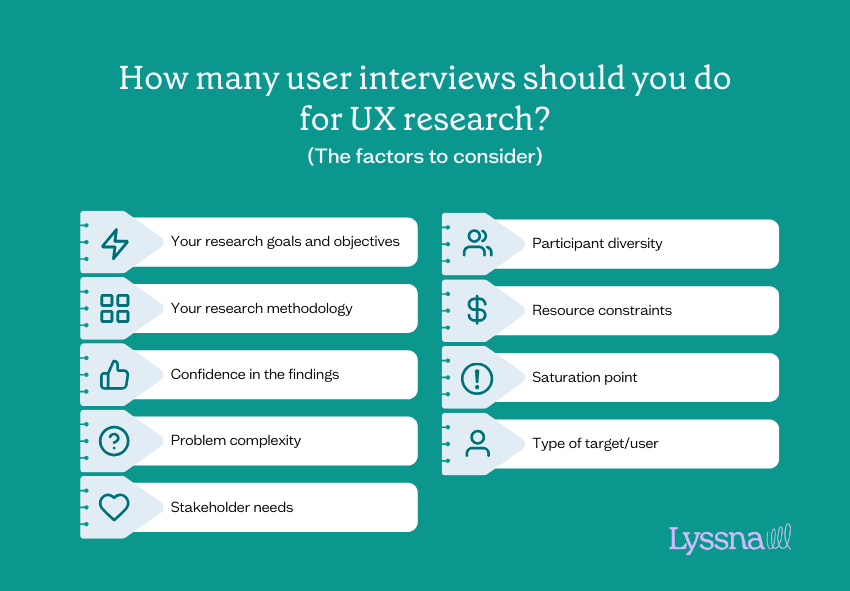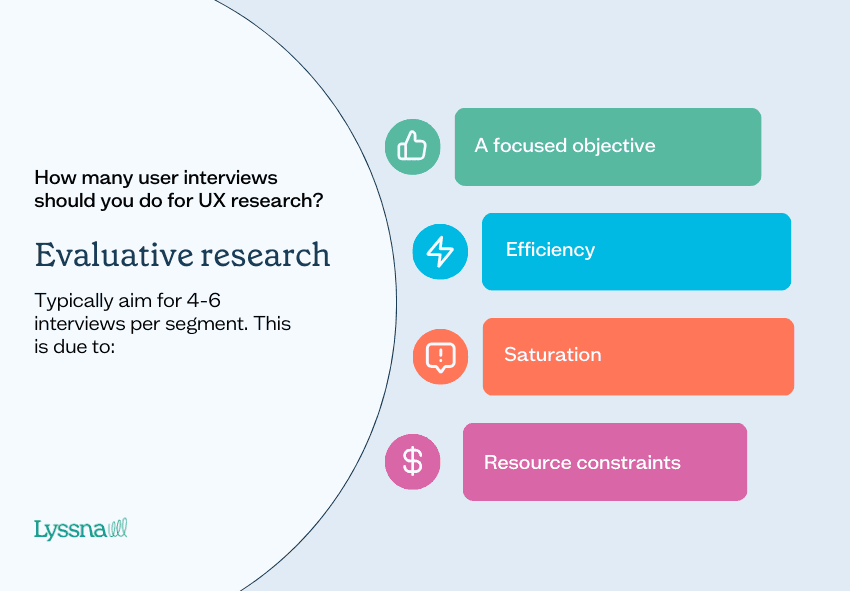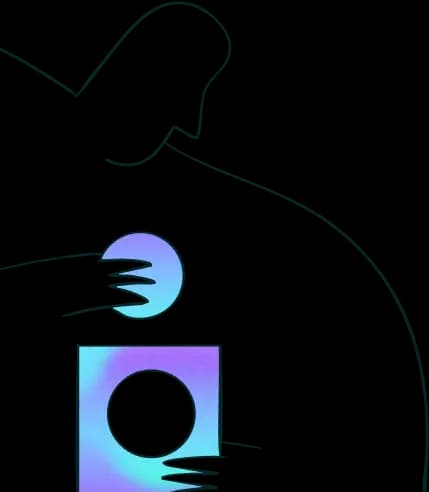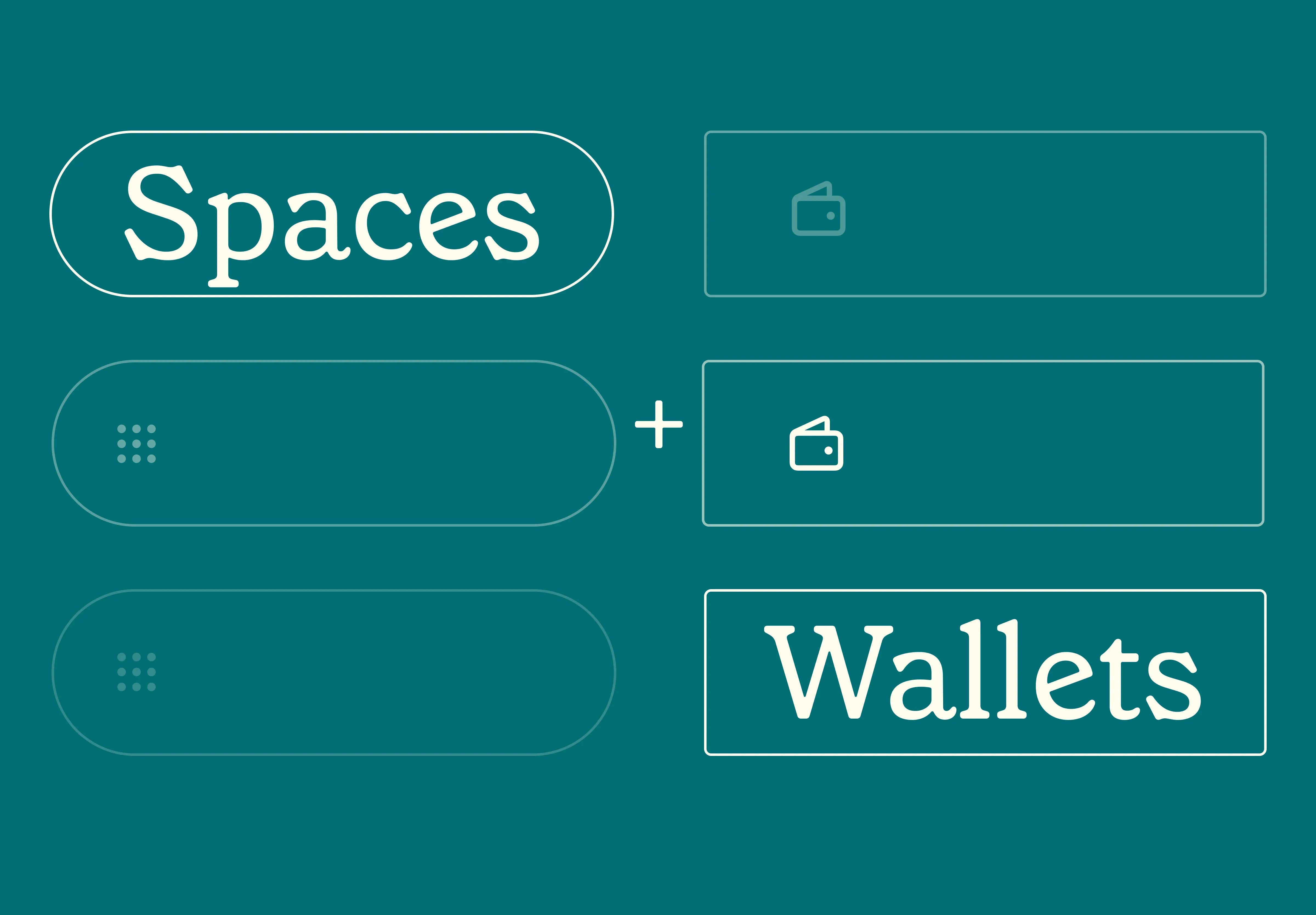14 Nov 2025
|8 min
How many user interviews should you do?
We share the top considerations to make when deciding how many user interviews to do for UX research.

Hello, I'm Michele Ronsen, the founder of Curiosity Tank, a research firm specializing in user-centered design. One of the fundamental questions I often encounter is, "How many user interviews should you do, and why?".
This question doesn't have a one-size-fits-all answer. It depends on various factors, and there’s no fixed quantity. However, there are some key considerations that can help you determine the appropriate number of interviews you need for this type of primary research.
In this article, I'll dive into this crucial topic, discussing the factors you should consider when determining the number of moderated interviews to conduct.

Your research goals and objectives
The first and most crucial consideration is your research goals. What are you trying to achieve with the interviews? If you need to explore a wide range of topics, you might need more interviews. If you have a specific, narrow focus, fewer interviews may suffice.
Your research methodology
This leads us to research methodology. The type of user interviews you conduct will likely determine the number of sessions required.
Evaluative research
If I’m conducting evaluative research, I typically aim for 4-6 interviews per segment. This is due to:
A focused objective: In evaluative research, your primary goal is to assess an existing design, prototype, or product. You’re looking for feedback on specific aspects, such as usability, satisfaction, and whether the design meets the predefined criteria. Since you're often honing in on known issues, you likely won’t need as many sessions to identify and validate these issues.
Efficiency: Evaluative research often involves a shorter timeline, and researchers need to work efficiently. Conducting a moderate number of interviews helps you collect valuable feedback without overburdening resources.
Saturation: In evaluative research, you're typically looking for common issues or patterns. After a certain point, you may reach data saturation, where additional interviews yield diminishing returns. Four to six interviews can often uncover the majority of usability problems, design issues, as well as opportunities.
Resource constraints: You might have resource limitations, including time and budget. Conducting a smaller number of interviews can be more feasible and still provide you with actionable feedback to make immediate improvements.

Generative research
Generative user research is exploratory in nature. You're often starting with a blank slate, trying to understand needs, pain points, and motivations. In this scenario, more interviews are beneficial to gain a deeper and more comprehensive understanding. Consider the following:
Diverse feedback: Generative research aims to capture a wide range of participant perspectives, behaviors, and needs. You may need a larger sample size to ensure you're not overlooking critical variations within each segment.
Ideation and innovation: When you're generating ideas for new products or features, having a richer dataset from more interviews can spark creativity and innovation. It provides a broader foundation for ideation.
Complex problem-solving: In generative research, you're often dealing with complex, multifaceted problems that may not be well understood or have well-defined solutions. More interviews can help identify emerging themes and directions for further investigation.
Holistic understanding: To form a holistic understanding of the target user, problem/opportunity space, and their context, more interviews often provide a well-rounded perspective. This is especially important when you're starting from scratch and don't have a clear picture of the problem.
Balancing diversity: Conducting a larger number of interviews allows you to encompass more and different segments, attitudes, demographics, and behaviors.

Confidence in the findings
The number of sessions you conduct directly impacts the level of confidence you and your stakeholders can have in the research findings.
In generative research, where you aim for a larger sample size (7-10 interviews per segment), the increased diversity and depth of learning enhance your confidence in understanding the problem/opportunity space.
In evaluative research (4-6 interviews per segment), the focus on specific issues allows for a narrower but more targeted assessment, providing confidence in identifying and validating known problems or usability issues.
The choice of interview quantity should align with the confidence level required for informed decision-making.
Participant diversity
The diversity of your target audience and user base also plays a significant role. Different segments may have varying needs and preferences. To account for this diversity, you may need to conduct a sufficient number of interviews with each segment.
Resource constraints
Practical limitations, such as time, budget, and available participants, should be considered as well. Conducting 50 interviews (10 sessions with 5 segments) might be ideal, but if you have a limited budget or a tight deadline, you'll need to strike a balance.
Saturation point
Saturation occurs when you start hearing the same feedback repeatedly, and new interviews don't provide significantly different information. Once you reach saturation, additional interviews will likely yield diminishing returns.
Problem complexity
Highly complex problems often require more interview sessions. Simpler issues might be resolved with fewer sessions. Consider the complexity of the design challenge you're addressing.
Type of target/user
Certain segments may require more interviews. For example, if you’re targeting specialized professionals, you might need more interviews to understand their unique needs.
Stakeholder needs
Consider the needs of stakeholders, including your team and clients. Some stakeholders may feel more confident with larger sample sizes, while others may prioritize quicker results.
How many user interviews should you do?
Ultimately, the number of interviews you choose should be guided by your research goals, the complexity of the problem, your research approach, the confidence level you desire, and available resources.
Both evaluative and generative research are valuable components of user research, and the number of interviews should be tailored to suit the specific objectives of each research phase. It's essential to remain flexible and adaptable in your research, as the quality of the learning and insights is often more important than the quantity of interviews conducted. Striking the right balance is key to obtaining meaningful results without exceeding your constraints.
Remember, user interviews are not a one-time event but should be an ongoing process in the design cycle. They can help you understand the problem and opportunity space, inform and refine your design, validate and disprove assumptions, and continually improve the experience. By considering these factors and conducting interviews effectively, you can ensure your designs are user-centric and aligned with the needs of your audience.
I hope this article assists you in making more informed decisions about how many interviews to conduct and why. If you have any questions or would like to explore this topic further, feel free to reach out. User-centered design is a journey, and Lysanna and I are here to help you navigate it!
Your go-to user research platform
The best teams use Lyssna so they can deeply understand their audience and move in the right direction — faster.
--
This article was authored by Michele Ronsen, Founder and CEO of Curiosity Tank. Michele is a user research executive, coach and educator. She teaches design and user research to people around the world. Her corporate trainings and workshops are inspired by working with Fortune 500s and start-ups for more than twenty years. Fuel Your Curiosity is her award-winning, free, user-research newsletter. In 2020, LinkedIn honored Michele with a TopVoices award in the Technology category. She is the first and only researcher to receive this award.
You may also like these articles


Try for free today
Join over 320,000+ marketers, designers, researchers, and product leaders who use Lyssna to make data-driven decisions.
No credit card required





